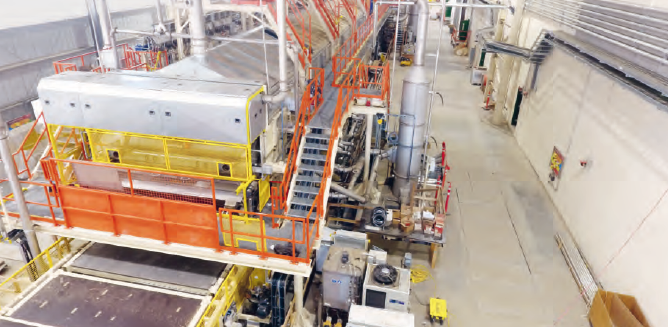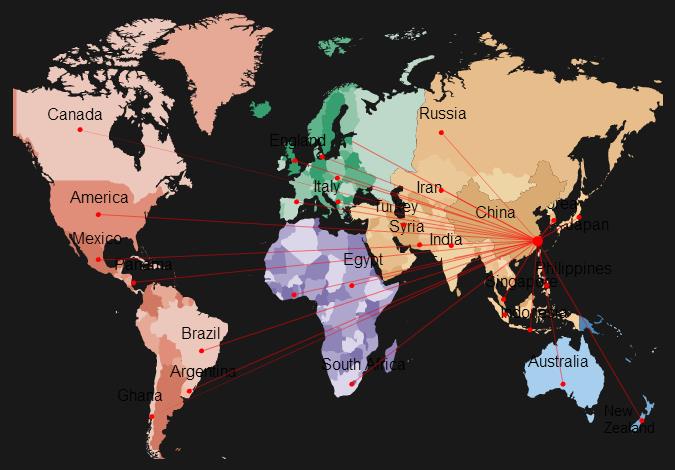Wood-working Technological concept
In the area of production – e. g. mat-forming machines,
forming and press lines – the production process is
comparable to that of traditional wood-based MDF
production. The straw preparation, on the other hand,
requires specific adjustments. The quality of the
board is considered to be at least equivalent to that
achieved with standard wood-based boards.
Specifically, the differences in the production process
relate to the preparation, handling and processing
of the straw. They have three main effects.
Technological concept
2

3
Separation / sifting – and the special
challenges of silicates
Amorphous silicates from the water and soil are absorbed
by the rice plant in a much higher concentration than crystalline
silicates by wood. Their chemical composition is
complex, and some silicates are almost insoluble in water.
Since plants absorb the soil components, they also uptake
the silicates – mainly in the form of less abrasive amorphous
silicate.
Siempelkamp has developed a special cleaning device to
ensure that rice straw MDF can be used in the same way
as commercially available wood-based MDF. When the rice
straw is shredded, not only the chopped material, but also
dust and fines are produced. One of the significant advantages
of this process is that foreign matter in the product
is minimized, which means that the tool life during further
processing is longer, as the emery effect is reduced by separating
the dust and fine material.
Resin blending system – fine material at a glance
Siempelkamp developed a special mechanical resin blending
system for the CalAg mill and the processing of rice
straw into boards. Californian environmental regulations
also stipulate that boards must be produced with low
formaldehyde content. The Siempelkamp blending system
uses polymeric methylene diphenyl diisocyanate (pMDI), a
formaldehyde-free adhesive, as a binder. Straw materials
are ideal for pMDI gluing. This makes the CalAg mill particularly
environmentally friendly, as no added formaldehyde
has to be removed in the dryer emissions.
Pallmann refiner for annual plants
The CalPlant project includes refining equipment for defibration
of the rice straw, developed by Siempelkamp
subsidiary Pallmann, including machines typical for annual
plants.
Natural gas serves as an energy source for steam generation
and for the dryer, supplied by Siempelkamp’s subsidiary
Büttner. The flue gases from the steam generators are
used as a component of the dryer air. All exhaust gases are
passed through a wet electrostatic precipitator. The lower
efficiency for formaldehyde is irrelevant in the context of
the CalPlant project because the product is free from added



